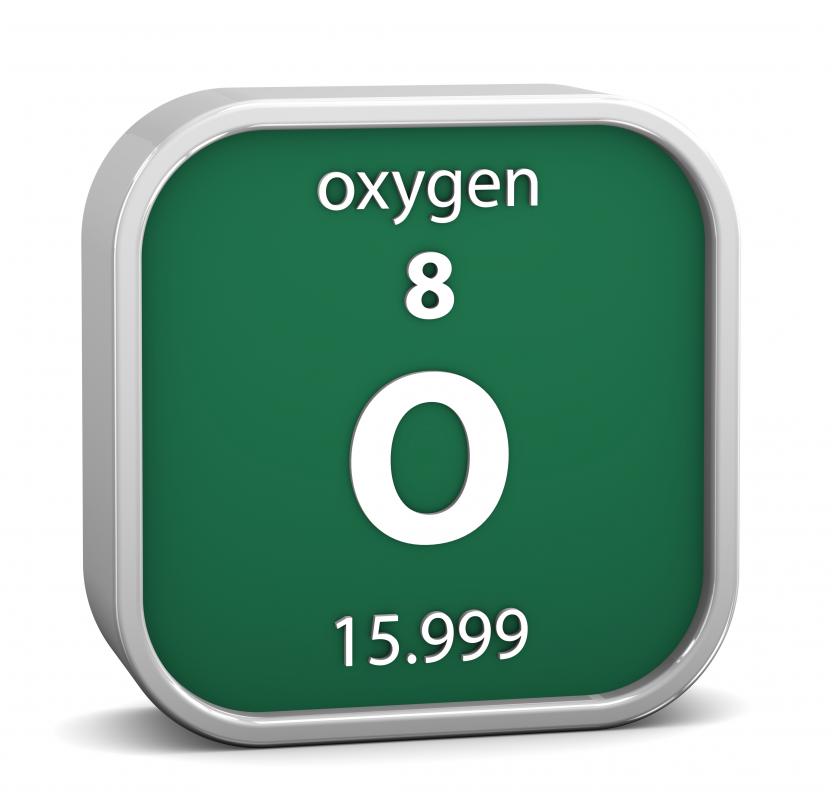At TheHealthBoard, we're committed to delivering accurate, trustworthy information. Our expert-authored content is rigorously fact-checked and sourced from credible authorities. Discover how we uphold the highest standards in providing you with reliable knowledge.
What Is Oxygen Concentration?
Oxygen concentration refers to the total amount of oxygen in a given system. This term is frequently used in both medicine and in the study of the environment. In medicine, oxygen concentration, which is also called oxygen saturation, refers to the amount of oxygen that is carried through the blood by the red blood cells, as well as what is dissolved in the body tissues. In the environment, the oxygen saturation may be measured by comparing the percentage of oxygen to the percentage of other molecules in a liquid or gas.
In humans, oxygen is found in three places. It can be held in the lungs, found dissolved in the tissues of the body, or carried through the blood attached to red blood cells. Humans need to breathe frequently because they are unable to store more than a few minutes worth of oxygen at any time. Other animals, such as some aquatic mammals and reptiles, are able to slow their metabolism down and store more oxygen in their bodies so that they can hold their breath for longer.

Most of the time, a person's oxygen concentration is between 96% and 100%. In medicine, this percentage is not a comparison of the total amount of oxygen to the total amount of other molecules, but rather a measure of the number of binding sites on red blood cells that are currently occupied by oxygen molecules. Each red blood cell can bind up to four oxygen molecules at a time, and if the saturation of oxygen in the blood is at 100%, all of these sites are occupied.

Breathing normally at an atmospheric pressure of 1, which is the pressure found at sea level, will result in a normal blood oxygen concentration in an otherwise healthy person. Hyperventilating can lead to an increase in the amount of oxygen in the tissues and the blood, while holding the breath can result in a decrease. In either case, the oxygen saturation can be returned to normal by restoring respiration to a normal rate.

Individuals with certain medical conditions can have hypoxia, the state of having a blood oxygen concentration that is too low. This is often treated by administering pure or 90% pure oxygen for a certain amount of time. A state of hyperoxia can be induced through hyperventilation or the administration of oxygen, but since the body cannot hold onto large reserves of oxygen, this condition will self correct a few minutes after the concentrated oxygen treatment is stopped.
AS FEATURED ON:
AS FEATURED ON:














Discuss this Article
Post your comments